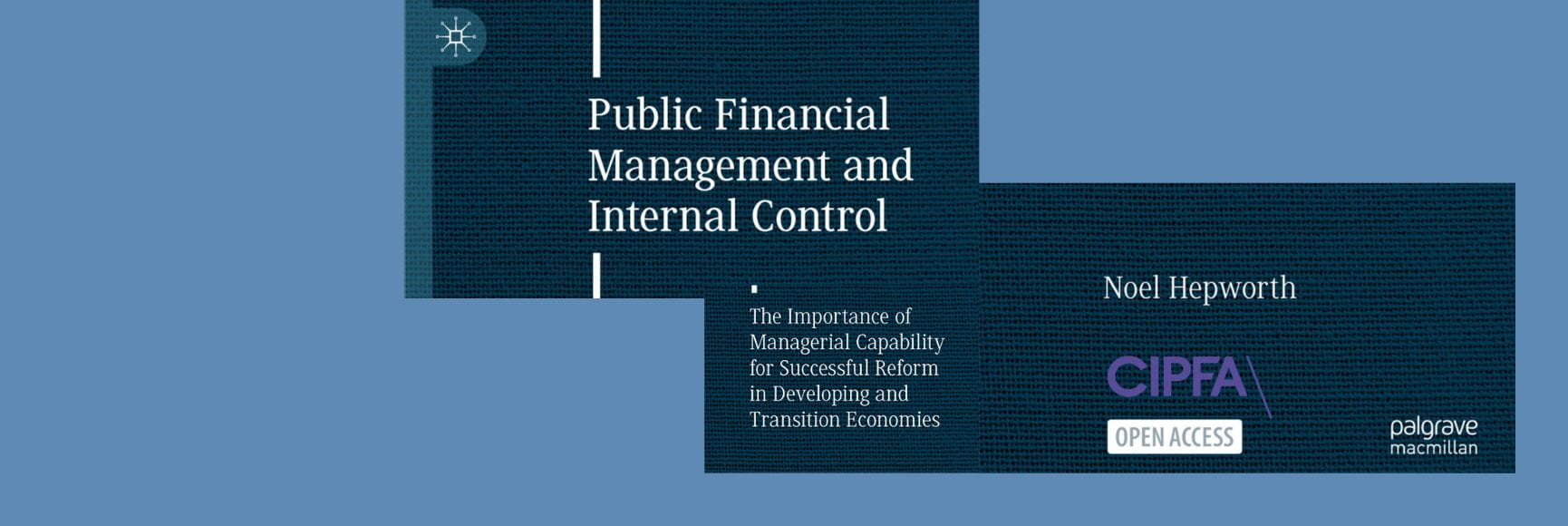Posted by Mario Pessoa[1]
A recently published policy note by the IMF discusses the challenges of reforming fiscal institutions in fragile states. It identifies several stages through which such reforms typically pass. In broad terms, these stages comprise: (i) an immediate phase following a conflict or natural disaster; (ii) a stage when the fragile state has stabilized but is still vulnerable; and (iii) a stage when the country in no longer fragile. For each of these stages, the paper defines a PFM reform strategy and associated requirements for technical assistance (TA). Initially, the paper recommends that fragile states prioritize actions that allow them to gain immediate control over the budget. Once they have become more stable, the countries can gradually progress to more advanced reforms, such as the development of medium-term expenditure strategies.
Quick wins are important during the first stage as they can help increase the authorities’ confidence and encourage further reforms. The recommended strategy includes:
- Consolidating cash resources in an account controlled by the treasury at the central bank to pay for priority expenditures.
- Putting in place capacity to prepare a comprehensive cash-based annual budget covering all entities of the central government.
- Producing basic fiscal reports on the execution of budget, to ensure accountability to the public and development partners, and to help fight corruption. These actions reduce the opportunities to divert resources from where they are intended and most needed.
- In the short to medium-term, drafting and adopting appropriate legislation to support the reforms.
Once the situation is more stable, fragile states should progressively focus on:
- Establishing a medium-term budget framework that analyzes the impact of fiscal policies over the longer-term.
- Implementing a financial management information system that supports the planning and implementation of the budget.
- Ensuring the creation of an internal control framework to manage the budget execution and reporting process.
- Developing accounting and reporting standards in accordance with international practice.
- Strengthening cash and debt management arrangements. This includes the gradual establishment of a treasury single account, a comprehensive electronic government payment system, developed cash planning capacity, introduction of a debt recording and reporting system, and integrated cash and debt management capabilities.
Finally, the paper highlights the importance of targeting TA to achieve fiscal stability and secure, stable and elastic revenues; setting priorities and paying attention to reform sequencing; promoting effective coordination between the countries and their development partners; designing and implementing medium-term reform strategies to help countries exit fragility; considering a more extensive TA presence and more flexible TA delivery modes; and further integrating this support into the Fund’s lending and surveillance operations.
The press release, full policy note, and accompanying case studies are now available on the IMF website.
[1] Mario Pessoa is Deputy Division Chief in the PFM2 Division of the IMF’s Fiscal Affairs Department.
Note: The posts on the IMF PFM Blog should not be reported as representing the views of the IMF. The views expressed are those of the authors and do not necessarily represent those of the IMF or IMF policy.








